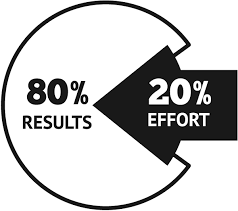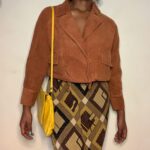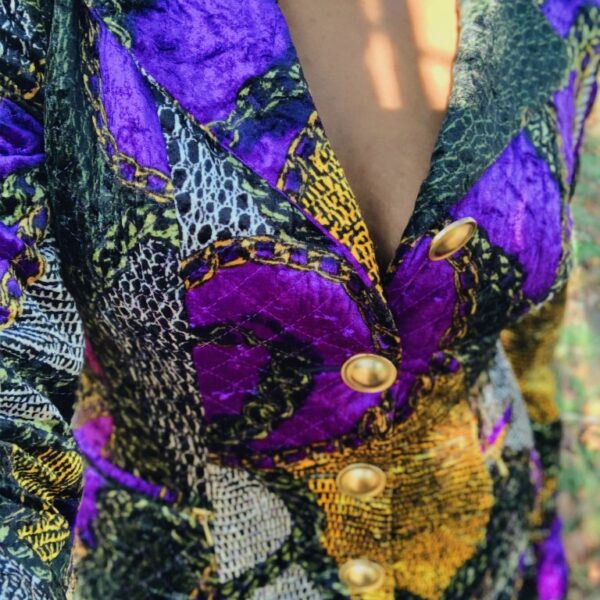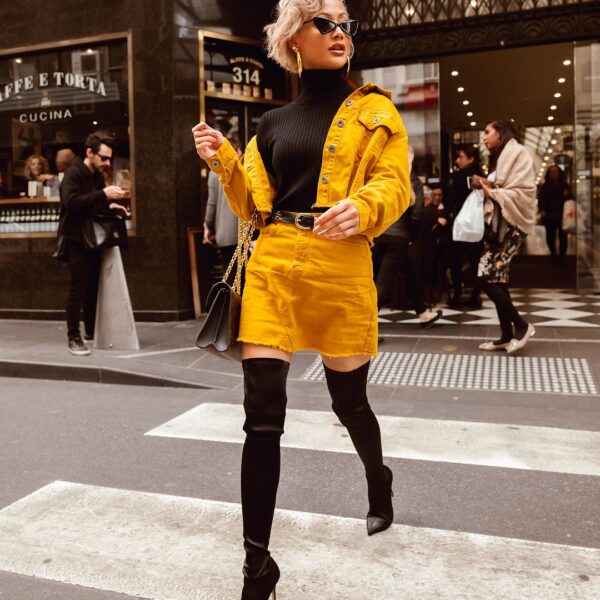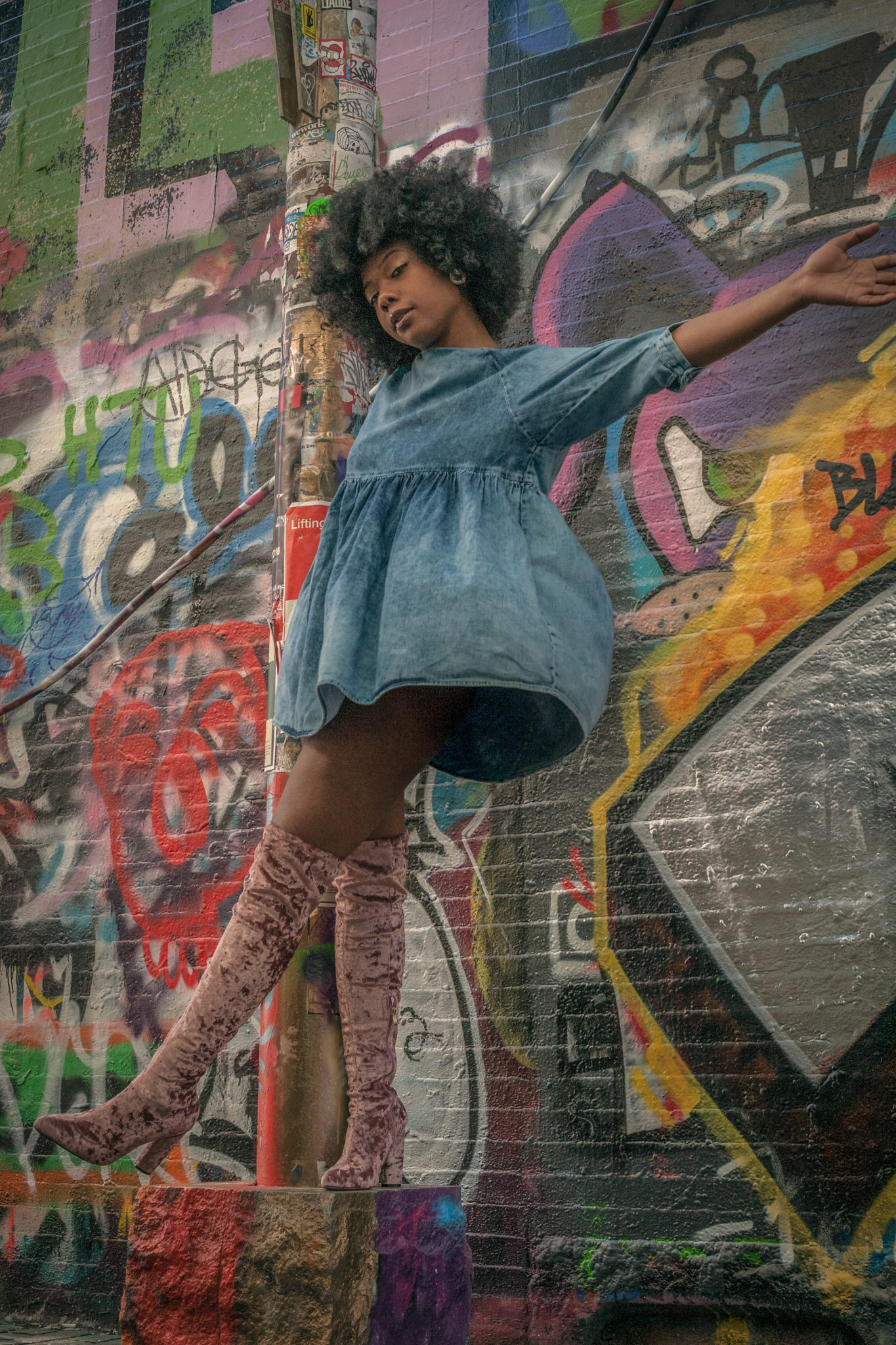By: Key Michel
The 80/20 rule is used for business advaa cement, changing one’s lifestyle, building new habits; but you rarely hear about this principle being applied to one’s personal style. The rule discusses the imbalance between outputs and inputs; and how 20% of inputs or outputs results in 80% of inputs or outputs. For example, if you are a business owner, and you are selling multiple products; 20% of your products results in 80% of the income that you make.
When it comes to shopping for your personal style; 20% of the clothes that you purchase, result in 80% of the clothes that you wear. In your current wardrobe 20% of the clothes; results in 80% of the clothes that you actually wear.
It’s vital that the 20% of clothing that you purchase; consist of clothing that you absolutely love, clothing that you are excited to experiment with; and clothing that you will rewear.
If you feel bored with your style, if you don’t really love what you wear; take a good look at the clothing that you wear often.
Why are you bored with these clothes?
What don’t you love about them?
What styles would you want to implement; so that your 20% is filled with pieces that you love?
Asking and answering these questions will change your buying behavior; by supporting you in only purchasing clothing that you 1) Really love, or 2) That you really want to experiment with.
As thrifters, it’s easy to go into a thrift store; and buy all of the items that catch your eyes; but this is why it’s so important to do a process of elimination. The process of elimination isn’t meant to make you have a scarcity mindset, or to make you think you can’t purchase whatever you want. It’s meant to support you in purchasing the items that you really and love.
The biggest takeaway is that in order for you to love what you wear:
- The 20% of clothing that you wear must consist of items that you love
- Purchase items that you really love, or that you really want to experiment with
- Wear what you want to wear; focus on discovering and developing your own personal style


